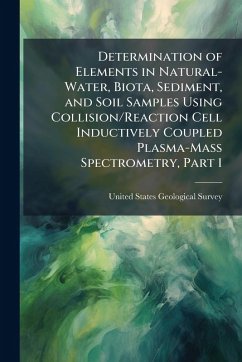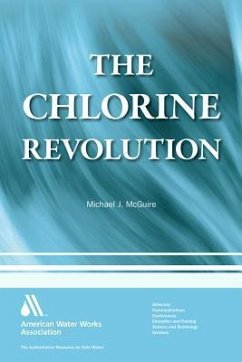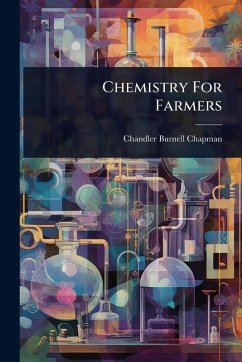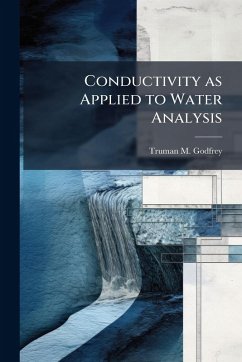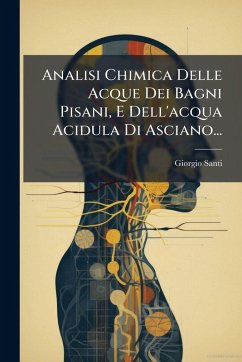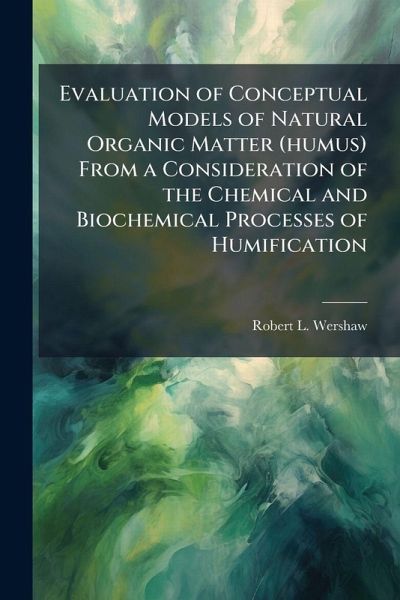
Evaluation of Conceptual Models of Natural Organic Matter (humus) From a Consideration of the Chemical and Biochemical Processes of Humification
Versandkostenfrei!
Versandfertig in über 4 Wochen
14,99 €
inkl. MwSt.
Weitere Ausgaben:

PAYBACK Punkte
7 °P sammeln!
Natural organic matter (NOM) has been studied for more than 200 years because of its importance in enhancing soil fertility, soil structure, and water-holding capacity and as a carbon sink in the global carbon cycle. Two different types of models have been proposed for NOM: (1) the humic polymer models and (2) the molecular aggregate models. In the humic polymer models, NOM molecules are depicted as large (humic) polymers that have unique chemical structures that are different from those of the precursor plant degradation products. In the molecular aggregate models, NOM is depicted as being co...
Natural organic matter (NOM) has been studied for more than 200 years because of its importance in enhancing soil fertility, soil structure, and water-holding capacity and as a carbon sink in the global carbon cycle. Two different types of models have been proposed for NOM: (1) the humic polymer models and (2) the molecular aggregate models. In the humic polymer models, NOM molecules are depicted as large (humic) polymers that have unique chemical structures that are different from those of the precursor plant degradation products. In the molecular aggregate models, NOM is depicted as being composed of molecular aggregates (supramolecular aggregates) of plant degradation products held together by non-covalent bonds. The preponderance of evidence favors the supramolecular aggregate models. These models were developed by studying the properties of NOM extracted from soils and natural waters, and as such, they provide only a very generalized picture of the structure of NOM aggregates in soils and natural waters prior to extraction. A compartmental model, in which the structure of the NOM in each of the compartments is treated separately, should provide a more accurate representation of NOM in soil and sediment systems. The proposed NOM compartments are: (1) partially degraded plant tissue, (2) biomass from microorganisms, (3) organic coatings on mineral grains, (4) pyrolytic carbon, (5) organic precipitates, and (6) dissolved organic matter (DOM) in interstitial water. Within each of these compartments there are NOM supramolecular aggregates that will be dissolved by the solvent systems that are used by researchers for extraction of NOM from soils and sediments. In natural water systems DOM may be considered as existing in two subcompartments: (1) truly dissolved DOM and (2) colloidal DOM. This work has been selected by scholars as being culturally important, and is part of the knowledge base of civilization as we know it. This work was reproduced from the original artifact, and remains as true to the original work as possible. Therefore, you will see the original copyright references, library stamps (as most of these works have been housed in our most important libraries around the world), and other notations in the work. This work is in the public domain in the United States of America, and possibly other nations. Within the United States, you may freely copy and distribute this work, as no entity (individual or corporate) has a copyright on the body of the work. As a reproduction of a historical artifact, this work may contain missing or blurred pages, poor pictures, errant marks, etc. Scholars believe, and we concur, that this work is important enough to be preserved, reproduced, and made generally available to the public. We appreciate your support of the preservation process, and thank you for being an important part of keeping this knowledge alive and relevant.




